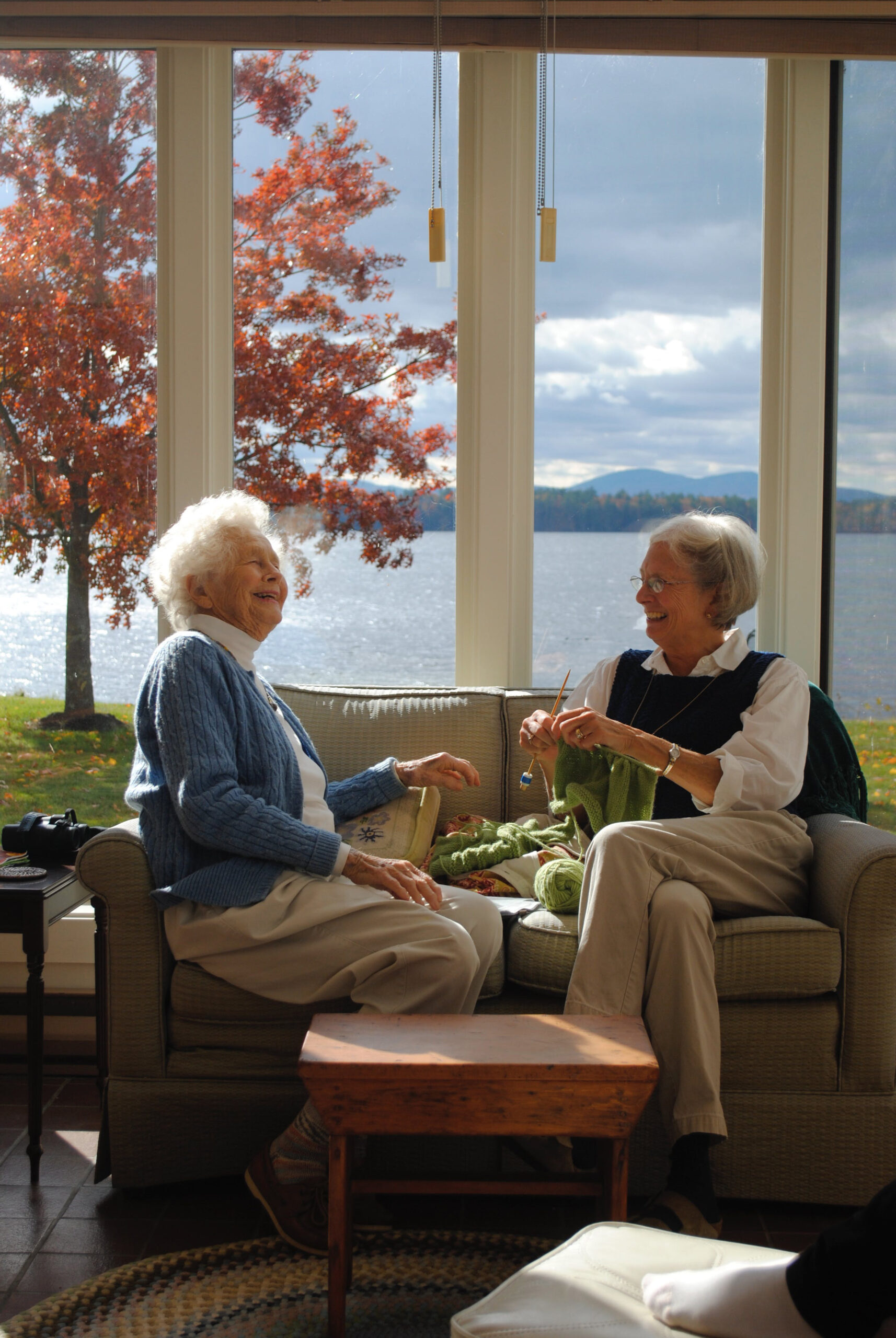
August 23, 2023
This is a collection of basics that I believe every senior could do to make their home safe and #accessible. As an Occupational Therapist working in patient’s homes for 13 years and now being a certified expert in home safety modifications for nearly 5 years, I have seen every mistake and success imaginable. The problem is, mistakes come from ignorance or poor planning and result in life changing falls, decreased independence and increased #burden on family, #caregivers, and the healthcare system.
Gravity is Always on
First, the most important thing is the place where we put our feet. Slippery surfaces can be coated with epoxy to increase friction. Step ups and step downs can be accommodated with ramps, stair aids, stairlifts or at a minimum, handrails on both sides. I will also say this, if something is on the floor that is not attached to the floor, i.e. wall-to-wall carpet, tile or wood, it just shouldn’t be there. We have all tripped over the imaginary loose tile in the grocery store, it’s because occasionally we drag our feet, some of us more than others. Anything on the floor of any thickness could be our potential demise and I never met anyone who wanted to lay on their priceless Walmart throw rug with a broken hip waiting for someone to hear them yell for help.
Take a Load Off and Have a Seat
Secondly, seating surfaces like chairs, couches and recliners should be stable at an appropriate height for ease of standing and gentle sitting down. It is my opinion that any person who uses an ambulatory device like a walker, or a cane should probably sit down to complete most basic tasks like dressing, showering, and cooking. This can include the proper use of properly adjusted #rollators, #showerchairs, toilets and beds. In fact, more people fall in the bedroom than the bathroom, mostly related to the bed being too high.
I Can See Clearly Now…
Thirdly, given that our eyes give us the most input regarding our balance, careful attention should be paid to making sure that there is more than sufficient lighting from overhead. We must realize that vision, just like every other body system, declines as we age. The easiest fix for this would be the incorporation of motion sensor switches on overhead lights in every room. A person should be followed by an “ocean of light” from overhead as they move throughout their home, never in the dark. Likewise, a simple plug-in motion sensor for a bedside table lamp is something that I always recommend for every patient.
Prevention is the Key
Lastly, and I think most importantly, the person needs to have a plan to prevent the first fall from happening. We do not put our seatbelt on while we are in the middle of an accident, why would we start making our homes safer after the first fall?
If you have questions about #aginginplace contact Modified Independence Evaluations, Inc to schedule a home safety consultation to help prevent the first or any further life-changing falls.